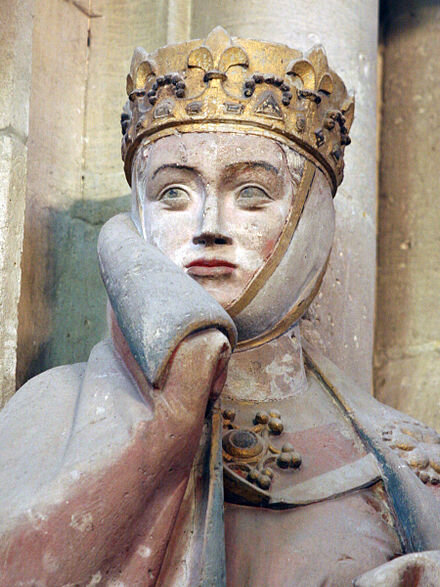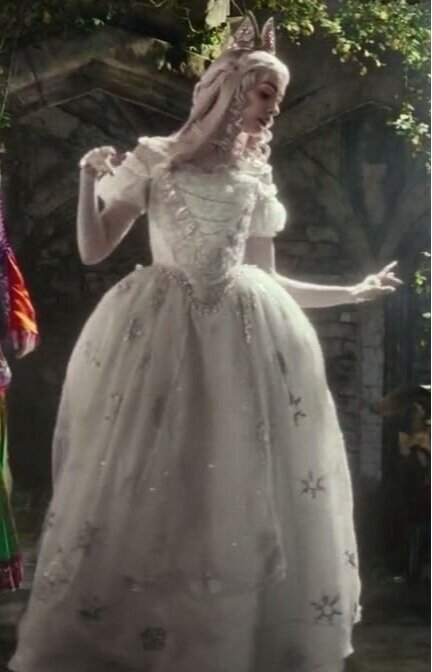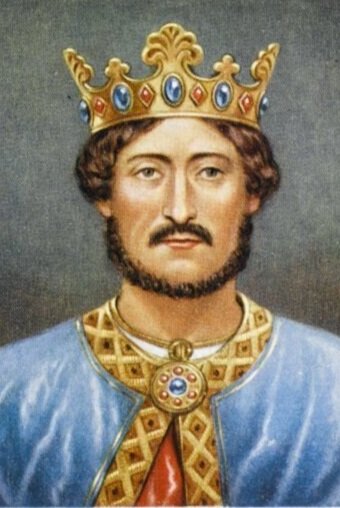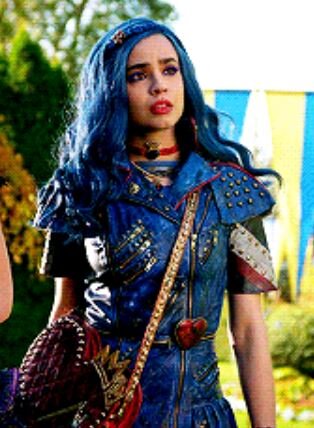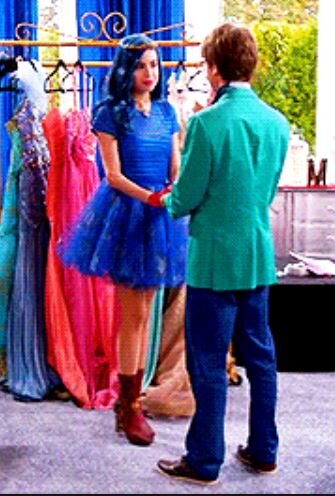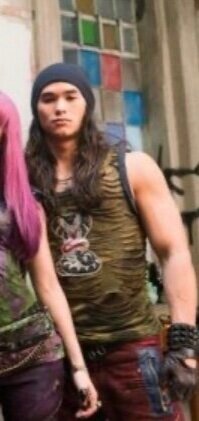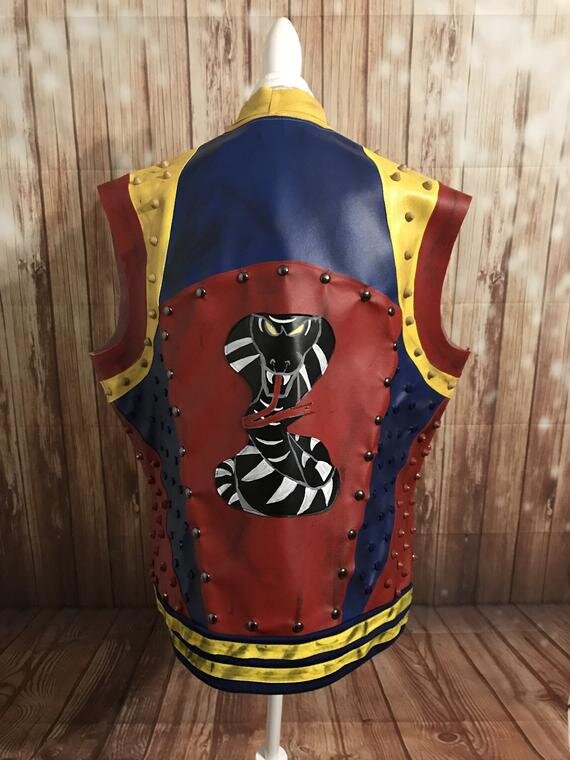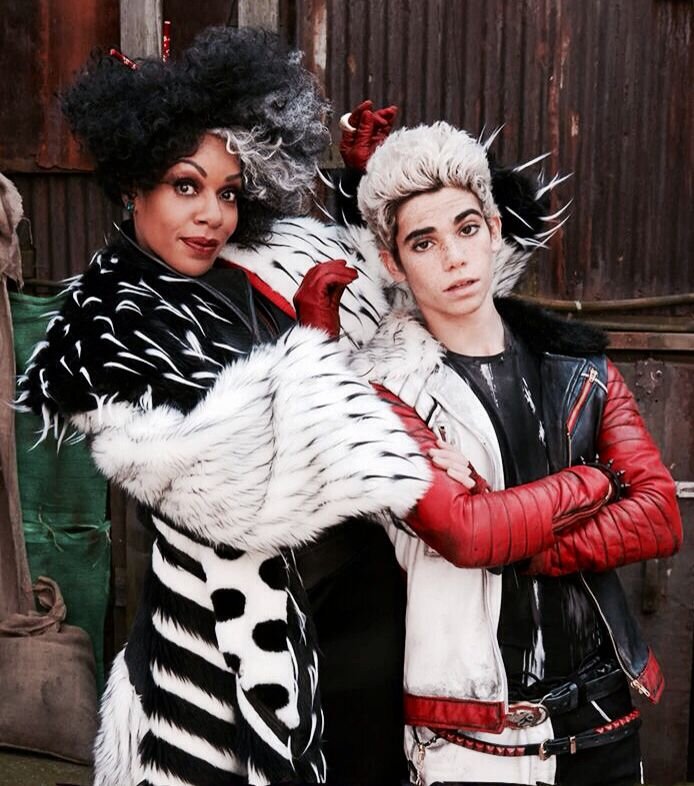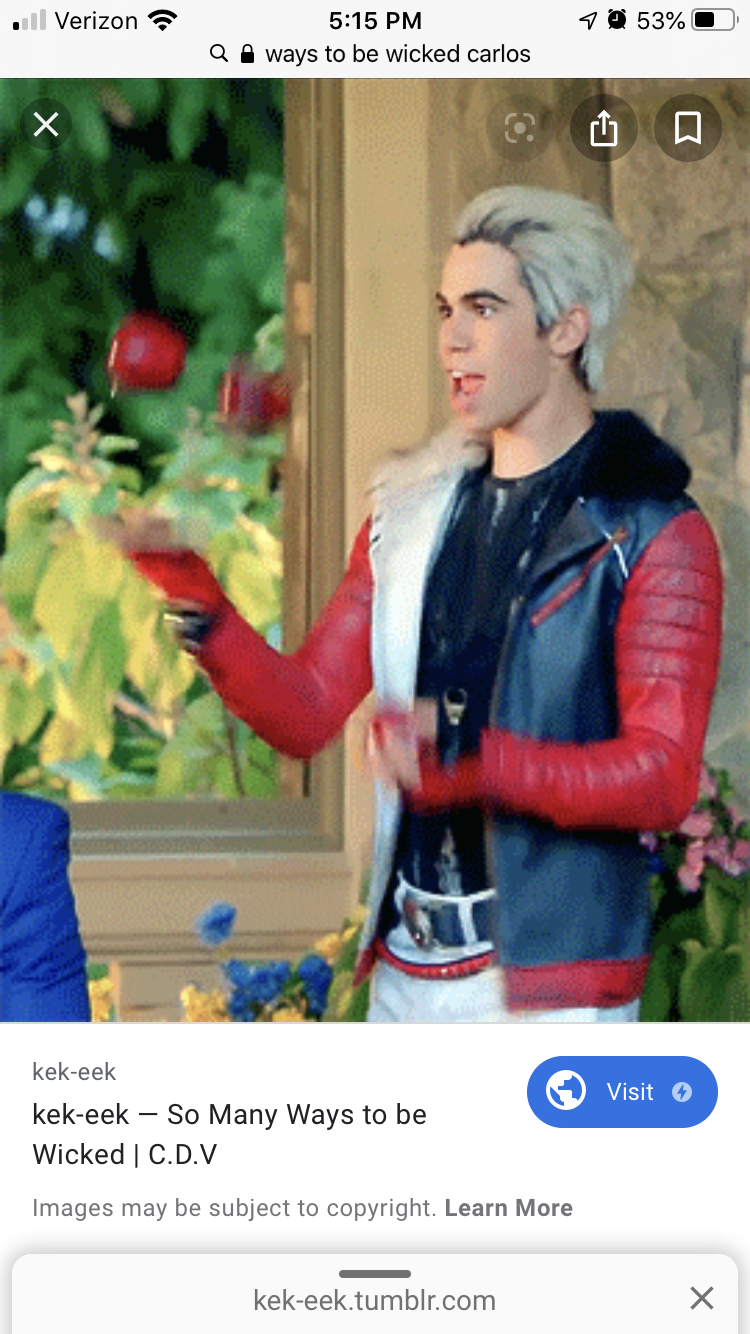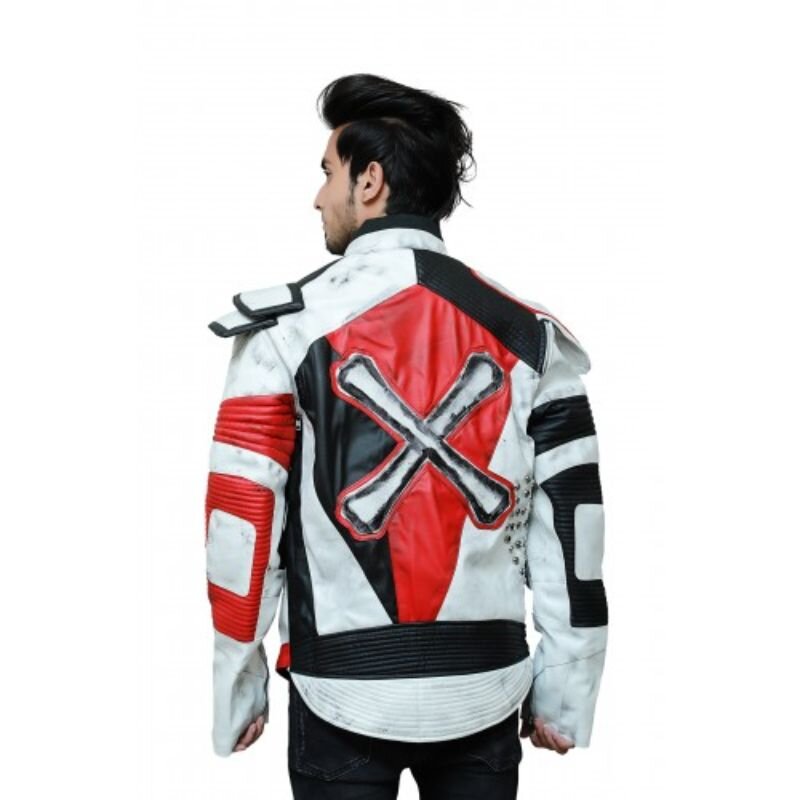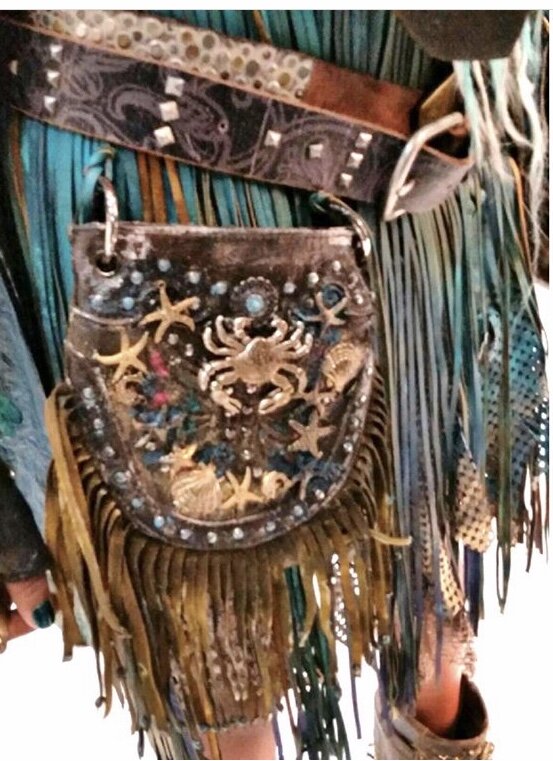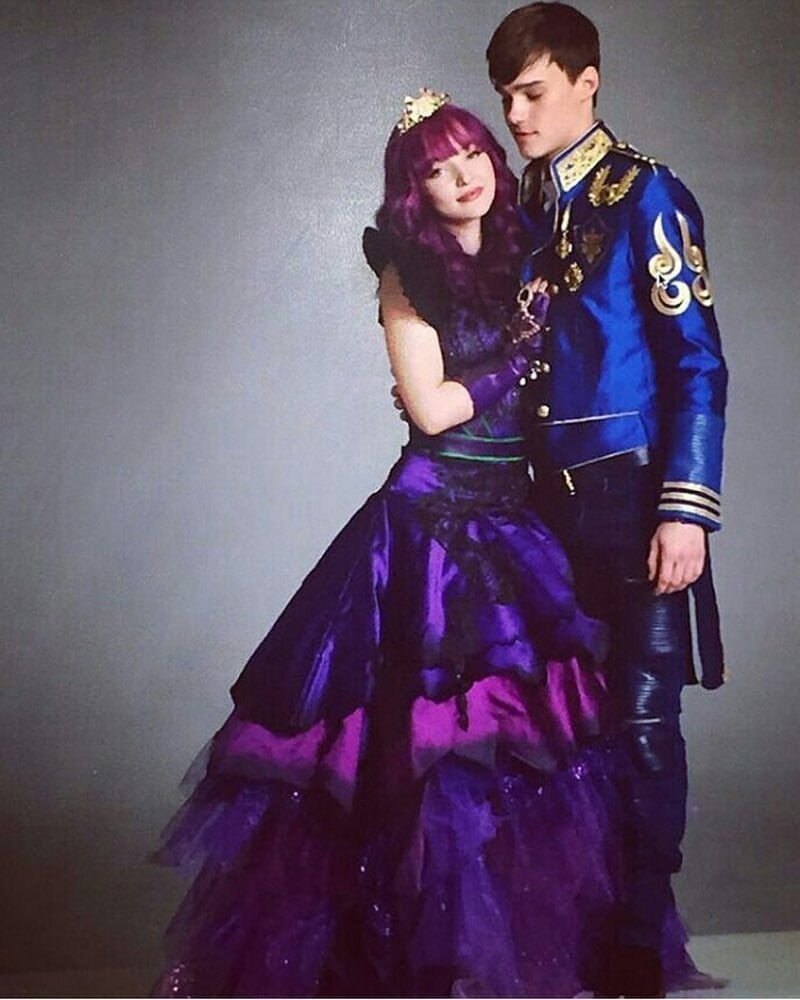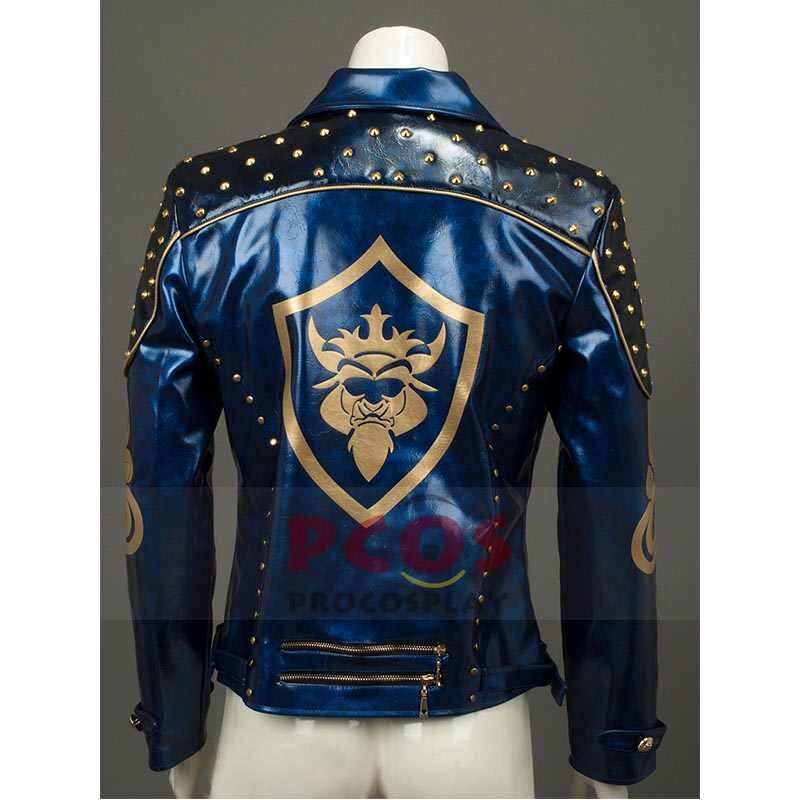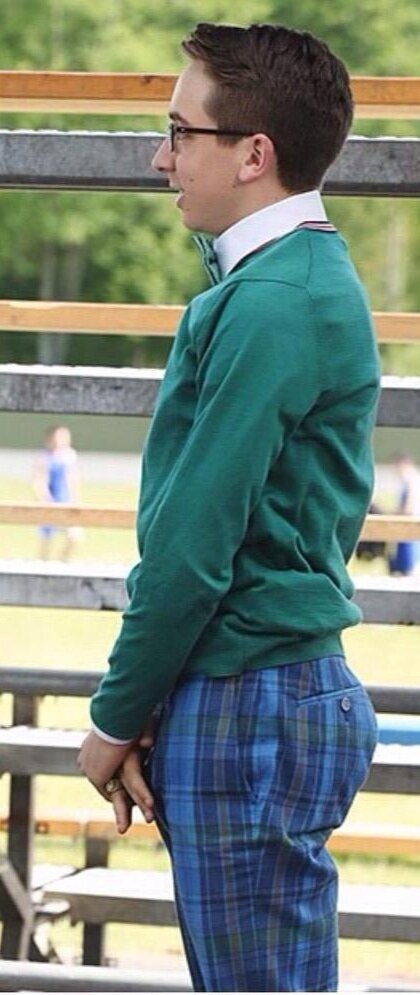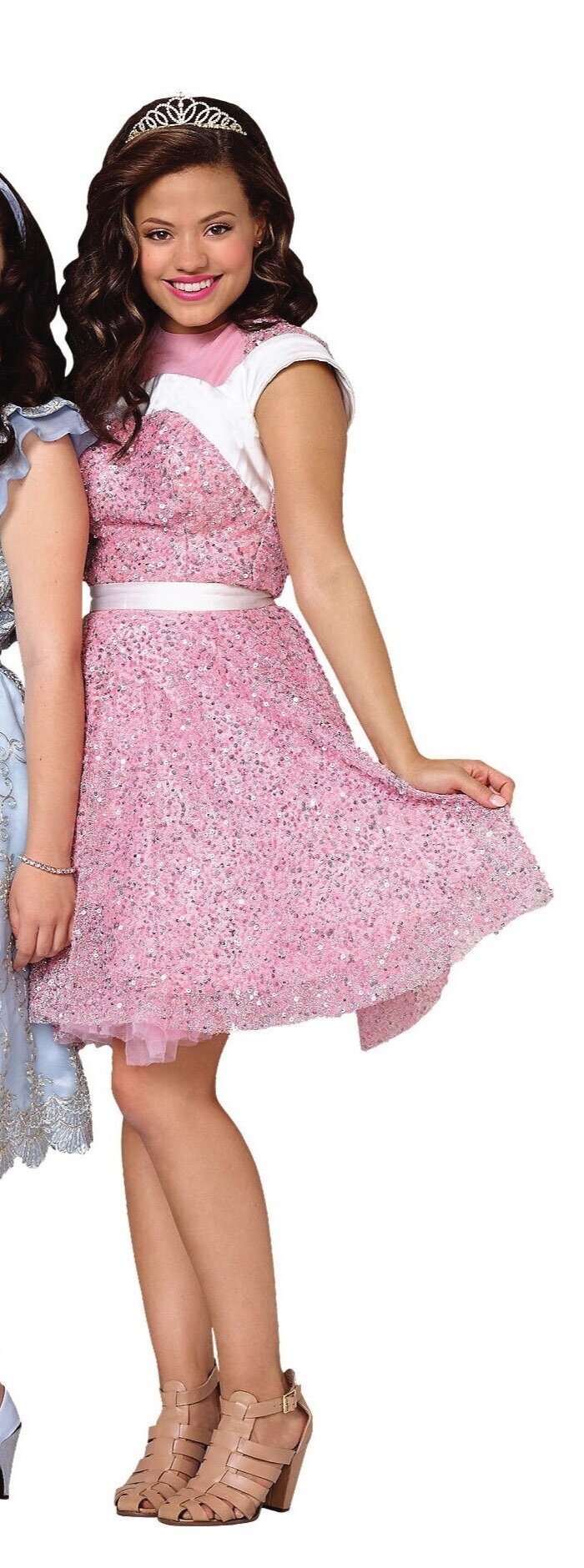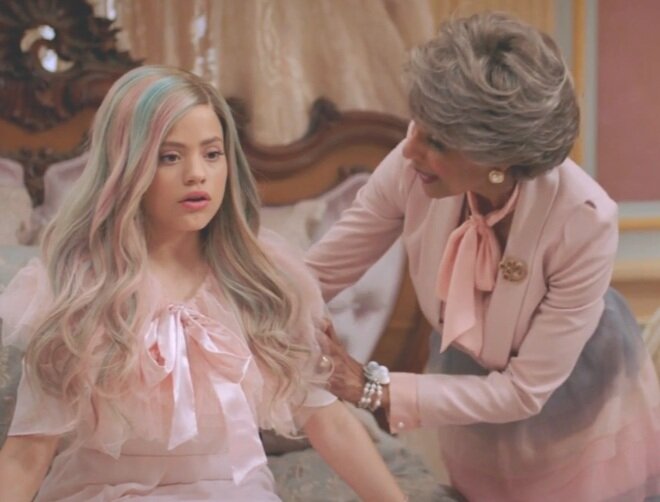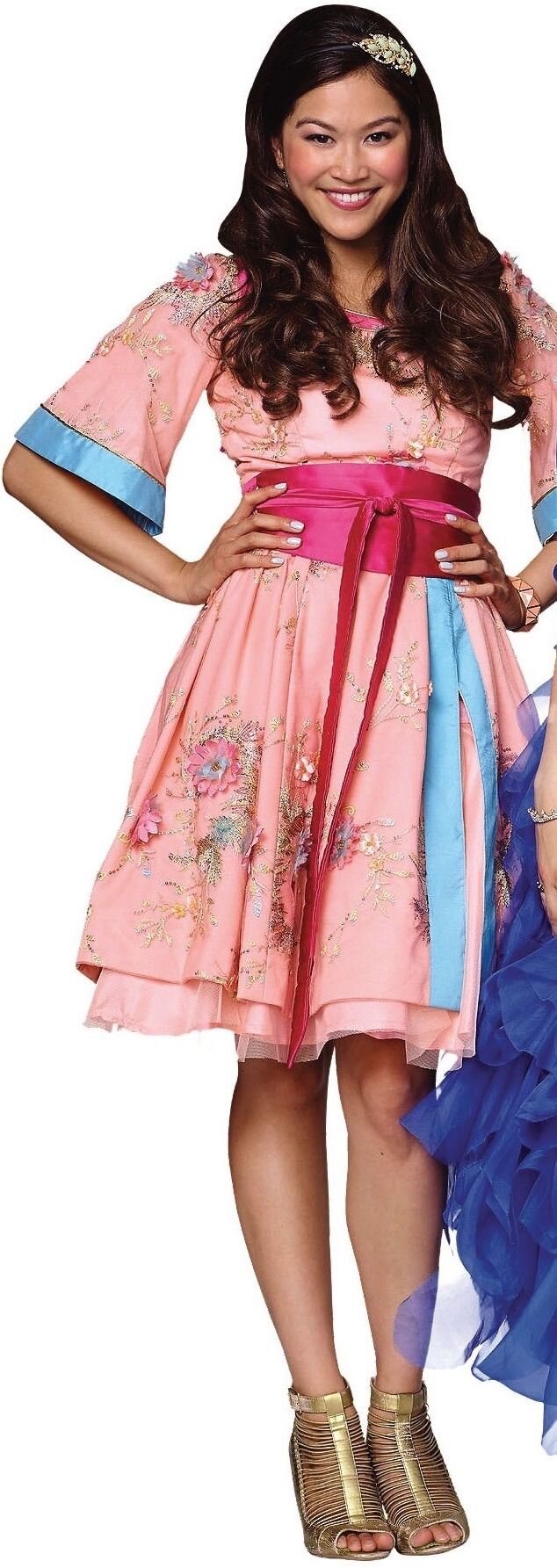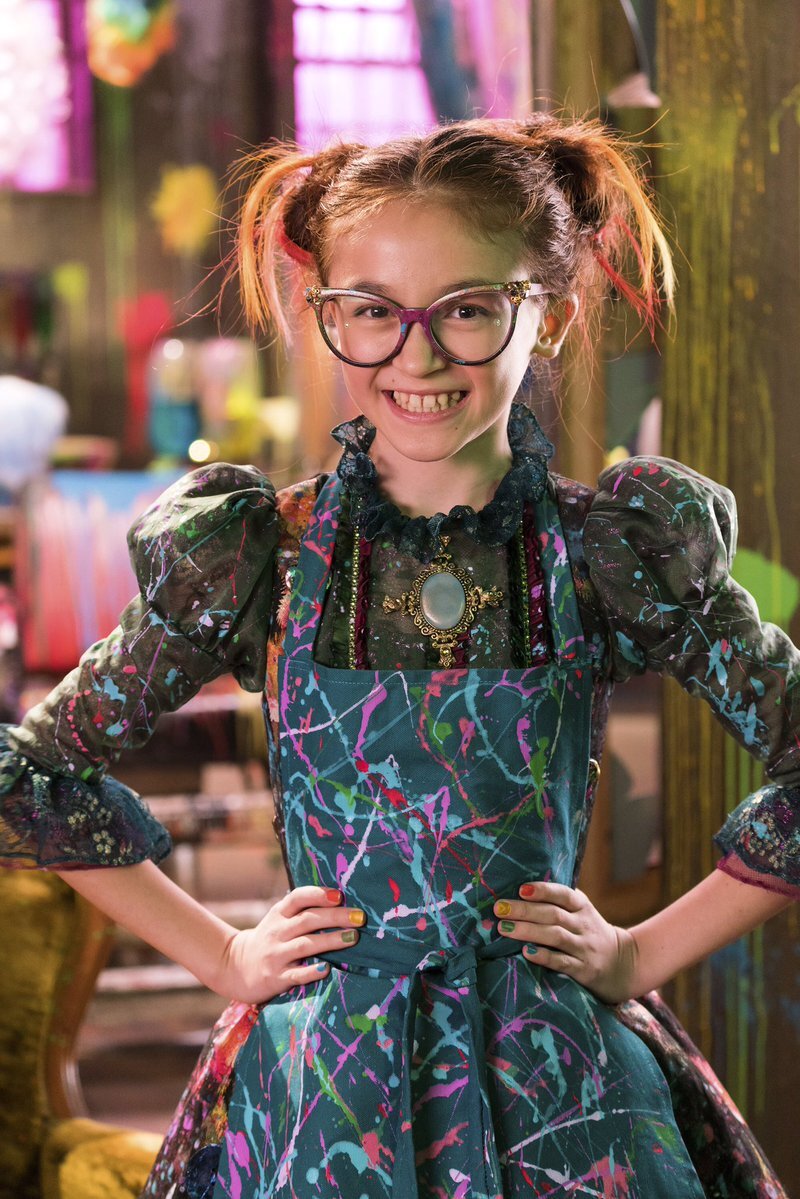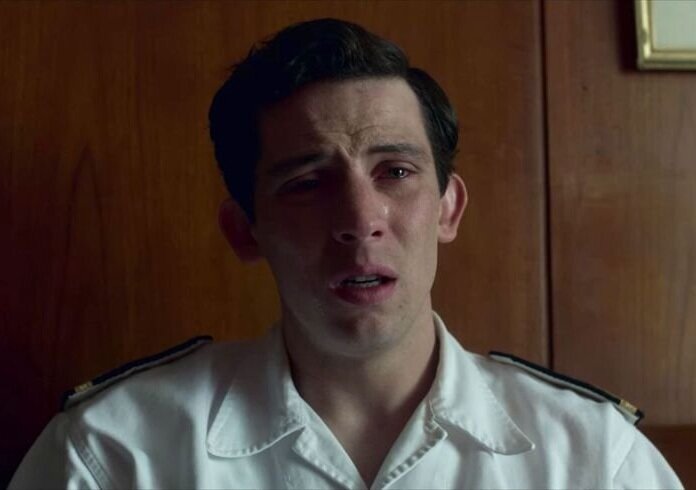13 Mini Samurai Film Reviews, AKA The Toshiro Mifune Fan Post
Other Samurai Posts
More Samurai Film Reviews! AKA The Zatoichi Fan Post
Originally posted May 17, 2020
Husband John has recently started showing me his large samurai/kurosawa film collection. It’s been a lot of fun and I’ve been really enjoying it so far. Here are my brief reviews of what we’ve watched so far, in case anyone else is interested in getting into this genre. John’s collection is all on DVD, but I know a lot of these films are available on streaming through the Criterion Channel and for rental on Amazon Prime.
I’ll keep adding more of these as we watch them because John has a ton of them and like, what else are we going to do right now during all this self-isolation?
(** = favorites)
1. Throne of Blood (Spider Web Castle) (directed by Akira Kurosawa, 1957)- very good and beautifully done, but since it's based off of Macbeth, it's obviously pretty dark. I'm sad that there's only one "witch" vs. the original three and the lack of Macduff removes a lot of the personal cost of Macbeth's choices, but as friend Jeff pointed out, it makes Macbeth's ultimate fall and death more obviously the consequences of his own choices. (starring the glorious Toshiro Mifuno)
Throne of Blood
Yojimbo
Sanjuro
Rashoman
2. Rashomon (Directed by Akira Kurosawa, 1950)- This film shows the same crime from the viewpoints of five different people, who tell the story in incredibly different ways. This film is considered one of the greatest ever made and spawned an entire type of story-telling commonly seen in TV shows called “The Rashomon Effect.”
It’s all beautiful and interesting and gorgeously shot, but I’ll admit that my favorite portions were honestly the ones with just the three dudes talking at the gate, trying to figure out this story. I would have loved it if the one female character wasn't so obviously deceitful and kinda evil though - like - can we understand WHY she wanted to leave her husband and go with the bandit? Was it an arranged marriage? Does she long for adventure? Come on. The shots directly at the sun were gorgeous and I loved the subtle differentiations from the versions of the story, like when the bandit tells the story, the sword fight is glorious and amazing, but when the random bystander tells the story, the sword fight is clumsy and awkward. (starring the glorious Toshiro Mifuno)
3. Yojimbo (the Bodyguard) (Directed by Akira Kurosawa, 1961)**- My FAVORITE so far. The main character is a grumpy nameless unemployed samurai (ronin) who plays two sides of a gang war off each other to make money but ultimately does the right thing to save the lives of some of the innocents around town. The film is heavily inspired by Westerns and you can tell. From that summary, it doesn't sound hilarious, but it IS, I promise you. (starring the glorious Toshiro Mifuno)
4. Sanjuro (Directed by Akira Kurosawa, 1962)**- The grumpy samurai with a hidden heart of gold from Yojimbo (who often uses the name Sanjuro, but it's heavily implied that this is a fake name, as he makes up his names by looking at random plants and taking their names as his own) returns in this film, where he ends up helping out a gang of well-intentioned fools who were trying to root out corruption in their clan and almost get themselves and their family members killed in the process. Sanjuro helps them out but does it in his own style, calling them idiots much of the movie. There's also an ultra hilarious bit with a captured bandit occasionally emerging from the closet in which he's been stashed to make commentary/celebrate with the heroes, and then quickly returning to the closet when he's noticed. (starring the glorious Toshiro Mifuno)
The Hidden Fortress
5. The Hidden Fortress (Directed by Akira Kurosawa, 1958)- The samurai movie that greatly inspired George Lucas while he was making Star Wars! A princess and a general, some of the last survivors of their clan after a devastating war, attempt to travel with their clan's remaining gold. across enemy territory to get to safety with an ally. The story is told from the viewpoint of two greedy peasants who bicker constantly, who heavily inspired the introduction of Star Wars with R2-D2 and C3PO. Some of this movie is hilarious and some of it is beautiful (a scene in which a huge group of captured peasants stages a breakout and tries to escape down a long flight of stairs is particularly well shot), but the pacing is really odd and slow at times and I occasionally found myself bored even during dramatic sword fights. There’s also a scene where the two greedy peasants openly plot to rape the princess and it is SO FUCKED UP (don’t worry, they don’t succeed). But at least most of the men wear Very Tiny Shorts that show off their Very Toned Legs, which provides just so much entertainment. (featuring the glorious Toshiro Mifuno)
6. Samurai I: Miyamoto Musashi (Directed by Hiroshi Inagaki, 1954)- The first of a trilogy about legendary samurai Miyamoto Musashi. The story itself is well told and beautifully shot, but has some weird plot holes and details that it never bothers to explain, like why the hero is initially considered "wild" and why everyone is trying to capture him. But all the characters are really wonderful and are introduced in a really interesting way. The opening scene with Tensuke and Matahachi talking about their dreams in a tree is beautiful. Akemi and Oko are introduced in a way that makes them seem all really nice; their inner villainy is only gradually revealed. I also really love Otsu and how she goes after the man she wants in a time when like…that’s not a thing women were suppose to do. (starring the glorious Toshiro Mifuno)
[SPOILERY: Also, the conclusion has a monk capture the hero and lock him in a tower with books for three years until he emerges as a better, wiser man, which I have some SERIOUS problems with. It’s very WTF.]
Samurai I
Samurai II
Samurai III
7. Samurai II: Duel at Ichijoji Temple (Directed by Hiroshi Inagaki, 1955)- This is probably my favorite of the three films, as Musashi's growth in this film actually makes sense and some of the subplots in the background are really entertaining. Why is this one school of sword fighters utterly determined to gang up on Musashi and treat him poorly even when their own founder wants to fight him honorably? Why is Akemi's mother a horrible person who pimps her out and later abandons her? Why does Musashi's former friend Matahachi want to kill him when all this friend's misfortune is the result of his own poor decisions? Why is Akemi so mean and why is she so obsessed with Musashi now? Why does everyone want to kill poor Otsu? We don't know. But it's fun to watch it happen. Other historical samurai Saski Kojiro is introduced in this film and he's very handsome, honorable, and funny in his own way.(starring the glorious Toshiro Mifuno)
[SPOILERY: The romance between Musashi and Otsu is also really beautiful, although I'm irritated behind reason at the end of the film when Musashi (the man she's waited for and searched for for like, 4+ years) tries to kiss her and she's immediately like /no, cries/ and he leaves because he's...confused? I don't know. It's all stupid and neither of their actions make sense given everything we know about their great love for each other]
8. Samurai III: Duel at Ganryu Island (Directed by Hiroshi Inagaki, 1956) - This film gives a satisfying conclusion to Musashi’s story but weirdly abandons some of the minor characters from the previous two films. Matahachi? Gone without a trace and zero explanation for where he went. Akemi’s villainous mother Oko is never seen, and her absence is explained only very briefly. But the plotting in this movie probably makes the most sense of all the films in this trilogy?
Musashi himself has grown into a Mature And Wise Samurai who makes Smart Decisions and doesn’t just kill people willy nilly. He decides to peace out with his kid mentee from the previous film and his new mentee (a random guy who threatened to kill him until he saw him catch a fly with chopsticks out of thin air and turned into the surprised Pikachu meme) and go run a farm for a year. Otsu and Akemi both follow him and confess their love, Akemi predictably causes trouble, etc. etc. Eventually Musashi fights Sasaki in the duel in the title. (starring the glorious Toshiro Mifuno)
Sword of Doom
Zatoichi meets Yojimbo
9. Sword of Doom (directed by Kihachi Okamoto, 1966)- This is a very interesting film that actually has an amoral and villainous samurai as its protagonist. He basically kills a lot of people without feeling badly about it and ultimately gets his comeuppance, but the plot is actually a lot more complicated and interesting than that, but hard to summarize just in a paragraph or two. I actually quite like it, but it’s definitely the strangest film we’ve watched so far. Mifuno plays a relatively minor role as the head of a sword fighting school who shows up later in the film. (featuring the glorious Toshiro Mifuno)
10. Zatoichi meets Yojimbo (Directed by Kikachi Okamoto, 1970)** - This film is utterly ridiculous but hilarious. Zatoichi is a blind master swordsman/masseuse (because that’s a thing in Japan apparently) and this is the TWENTIETH film starring him. He’s a very mild mannered character who’s basically Japanese Daredevil, with insane fighting skills and heightened sense that he uses to bring justice to the world. Mifune plays a “yojimbo” (bodyguard) who is similar to his grumpy samurai character with hidden heart of gold in Yojimbo/Sanjuro, but distinctly different. Basically, Zatoichi goes back to his hometown and found that LOTS has changed, as the townspeople are all afraid of a local gang. The plot is a bit complicated, and features a money skimming scheme from the government mint, but basically Zatoichi and Yojimbo constantly are trying to kill each other, drink together, or outsmart the gang together. Hilarity ensues in many many ways. (starring the glorious Toshiro Mifuno)
UPDATED 06/08/2020 -
11. Samurai Assassin (Directed by Kihachi Okamoto, 1965). *** - This film is based on a historical assassination known as the Sakuradamon incident that happened in 1860, immediately before the Meiji Restoration did away with the castes in society, basically ending the era of the shogun and the samurai. It starts out as a classic heist movie, with the plotters of an assassination of an important feudal lord discussing why their first attempt failed. As the film continues, it gradually focuses more and more on Niiro Tsurichiyo (played by Toshiro Mifune), a talented swordfighter with a tragic backstory, in which he was not allowed to marry the love of his life because of his illegitimacy and lack of knowledge as to his father’s identity. The fact that his mother and stepfather knew who his powerful noble father was but wouldn’t tell him so he could marry his love made him very bitter and angry. Now he’s a heavy drinker who lives in a shack on the side of the river. The assassination is being run by a specific gang and Niiro is hired on just for the conspiracy, which he thinks will make his fortune and improve his prospects tremendously. He’s the type of guy who picks his nose defiantly when everyone in the room looks at him.
The boss of the gang leading the heist reminds me very much of a Japanese Al Pacino. It’s something about the chin or the cheeks.
There’s a very sad subplot where both Niiro and his good friend, a scholar who firmly believes that the shogunate needs to fall for Japan to modernize, are suspected of betraying the conspiracy. The boss orders Niiro to kill his friend, which he reluctantly does, as he thinks this is necessary for him to make his fortune. It’s later determined that the friend did NOT in fact betray the conspiracy.
Do all women in samurai films have names starting with O? The heroine in this film is called Okiko, and she’s notable because she looks a lot like Niiro’s lost love. She ends up taking pity on Niiro when she learns his story and befriends him and his stepfather.
SPOILERS: It gets VERY Greek at the end when it’s revealed that the target of the assassination is Niiro’s own father, which of course he doesn’t know. Basically everyone in the film realizes this before Niiro, including the gang, which takes steps to kill Niiro and erase his name from all the records of their plot. Niiro, still in ignorance, ends up overcoming the yakuza and beheading the intended victim (his father), walking off triumphantly crowing about how he’s the victor and he’s going to be the most amazing samurai in the world, in an act that results in him killing his own father and also leading to the end of the samurai altogether. It feels a bit Lord of the Rings at the end, in that it’s a very sad ending of an era.
12. Red Lion (Directed by Kihaci Okamoto, 1969)** - This one has a WILDLY uneven energy but I ended up really loving it. It started very manic and comedic, almost Monty Python in nature, and ends up very sad but triumphant, with a downright Les Miserables feel at the end. This one is also based around a real historical phenomenon– ee ja nai ka, which refers to a series of mass dancing festivals/protests that first occurred when sacred papers were said to have fallen from heaven. The crowds ended up celebrating with mass dancing and chants of “ee ja nai ka,” a defiant and fatalistic cry that roughly translates to “Who cares,” “whatever,” or “why not?” (I got this translation from the Wikipedia article on the subject, but the subtitles actually translated it as “It’s okay it’s okay never mind”). This mass dance/chant protest phenomenon shows up throughout the film, first when the hero has someone hiding in a tree drop sacred papers on the people to make them believe in his cause, and later, whenever the villagers end up celebrating or defying the evil magistrate or the evil army. At one point during a dangerous, tense situation, a group of small children actually starts to dance in the streets and chant “it’s okay it’s okay never mind.” It’s incredibly inspiring. (Also husband John and I now recite ee ja nai ka at each other CONSTANTLY whenever anything falls to the ground).
Gonzo (played by Toshiro Mifune) is a minor member of the Sekihotai, an army that is going around spreading the news of the restoration of the emperor and the downfall of the shoguns, specifically telling all the villages about a brand new tax cut. Gonzo volunteers to ride ahead to tell his own home village about the tax cuts and with his manic blustery style, talks the officer into lending him his unusual “red lion” mane wig so he has some authority.
The villagers misunderstand his presence and think he’s there to rescue them from an evil magistrate who’s been swindling them for years (a la, Jayne in the Jaynetown episode of Firefly). He ends up blundering his way into success; he’s kind of an idiot and people keep joking that he’s mentally disabled due to falling out of a tree as a child, but he’s a great swordfighter and is very confident. The energy for the first half of the film is humorous but manic, with an underlying sadness, desperation, and uncertainty. Gonzo successfully gets the villagers their money back, stops the corrupt government officials, and wins back his old girlfriend, all while keeping up the pretense that he’s actually someone with authority. His mother, who formerly called him an idiot and told him he was going to get himself killed, even came around to his way of thinking and became proud of him, saying at one point “If only for three days you’ve made it a peasants world.”
The monty python bits are so funny. There’s a weird running gag where some of the young men in the village who run to help out Gonzo keep falling over and crashing into each other like dominos. There are some amazing bits where the villagers, celebrating their success over the evil magistrate and others, fantasize about what to do with the corrupt government officials and are like “let’s make him a bull to plow our fields” and then it flashes to a scene of that dude acting as a bull, then one as a singer, one is a dog. (Also, the sort-of antagonist ronin figure has a cat and I LOVE HIM. )
About halfway through, the energy turned from very comedic to dark, although there’s still a bit of comedy. I also deeply appreciate a character whose last words as he was dying were a pun. He really committed to that joke.
SPOILERS – Gonzo’s troop from the beginning is basically all massacred and blamed for “inaccurate information” after a change of policy once the group proper realizes that they can’t afford the tax cuts they’ve been promising everyone. This apparently did happen in real life, where the imperial forces did indeed promise one thing, then later changed their mind and kill the troops vanguard who were only spreading the news they were told to.
So at the end, almost all the named characters we’ve come to love and care about dies, but the peasants (led by the children and the women, even though they are TERRIFIED and crying) end up rising up en masse to dance and chant and push the evil imperial forces (who killed everyone) out of town. This includes Gonzo’s elderly mother, who is literally SOBBING as she dances and chants with everyone else. It’s utterly heartbreaking and inspiring and “do you hear the people sing” all at the same time. The red lion mane is stamped beneath their dancing feet at the end.
Samurai Banners
13. Samurai Banners (Directed by Hiroshi Inagaki, 1969) - This is another historical samurai film, although further back in time (1500s). Some of the characters are historical, but a lot of the plot is invented or embellished. The general Yamamoto Kansuke was real (and in real life, he had a weak leg and used a support to get around, as is shown in the film), his warlord Takeda Shingen was real, and the warlord’s son and successor Takeda Katsuyori was real, although it appears that we don’t know his mother’s real name.
The main plot focuses on Yamamoto Kansuke, a ronin who becomes the general of powerful warlord Takeda Shingen (who uses distinctive red banners, which give the film its name) and helps him conquer clan after clan. The film starts with a black and white prologue which clearly displays Kansuke’s ruthlessness, as he tricks another ronin into letting him attack him to show off to the Takeda Shingen’s family then kills him.
This plot is mostly pretty straight battles and murders and strategy, but the presence of the strong-willed and firey Princess Yu, the daughter of Suwa Yorishige, a clan leader assassinated by Kansuke’s men, adds a lot of character and interest to the story. Yu ends up joining Shingen’s household after refusing to commit suicide (like the rest of her family did). Kansuke advises her to become Shingen’s concubine in order to unite their clans. Yu refuses at first, but changes her mind when Shinge’s first wife speaks in her presence about how it would be shameful to let her lineage die. From what I can tell, it appears that Japanese beliefs about concubinage and illegitimacy were very different from Western views in the same period, as concubines had a specific status in a household and their children were both legitimate and could inherit. Yu and Shingen’s son Takeda Katsuyori ends up succeeding his father as the head of the Takeda clan (husband john says he was actually a famously shitty general).
Wikipedia calls the relationship between Kansuke, Yu, and Shingen a love triangle but the Kansuke- Princess Yu relationship really looks more like a classic courtly love relationship to me. He never seems to aspire to anything more than being able to serve her, and he puts the interests of Shingen, in pursuit of his goal of a united Japan over everyone else.
The main character is a samurai who doesn’t abide by the general honor rules we’ve seen in other samurai films, and he’s overall very ruthless and violent, but his focus on achieving his dream of a united Japan and his soft spot for Princess Yu and her son somehow tempers all that. He also has a nice friendship with a farmer named Bohei, who he takes on as his spearman after he teases him in the early moments of the film. It also helps that he’s played by Toshiro Mifune, who I just adore.
The film overall is a bit long and onerous at times, as it features lots of battle and battle strategy talks and that’s just not something I’m particularly interested in. 90% of the film is traditionally shot, with super beautiful costumes and scenes, but there were a weird few scenes where the coloring went into photo negative style? I don’t know, it was odd. I believe the intent was to show grief but it really sticks out compared to the traditional style of the rest of the film.
I noticed something in this movie that I’ve since seen in other films – the Japanese sense of honor in that even when you’re launching a sneak attack or trying to kill someone in their sleep, you announce your attack a split second before you act. I asked husband John about this (who knows a lot more about Japanese culture than I do, and he says that this is really embedded in Japanese culture, to the extent that when the Empire attacked Pearl harbor, a lot of the fighter pilots were actually very upset that it wasn’t announced beforehand.
Ran
Ikiru
I’ve also previously watched these Kurosawa films with John back in August 2019 or earlier, so I want to re-watch them again now with the Samurai knowledge I have now. :)
- Seven Samurai (1954)
- Ran (1985)
- Ikiru (1952) (not a samurai film, but an important kurosawa work)






















